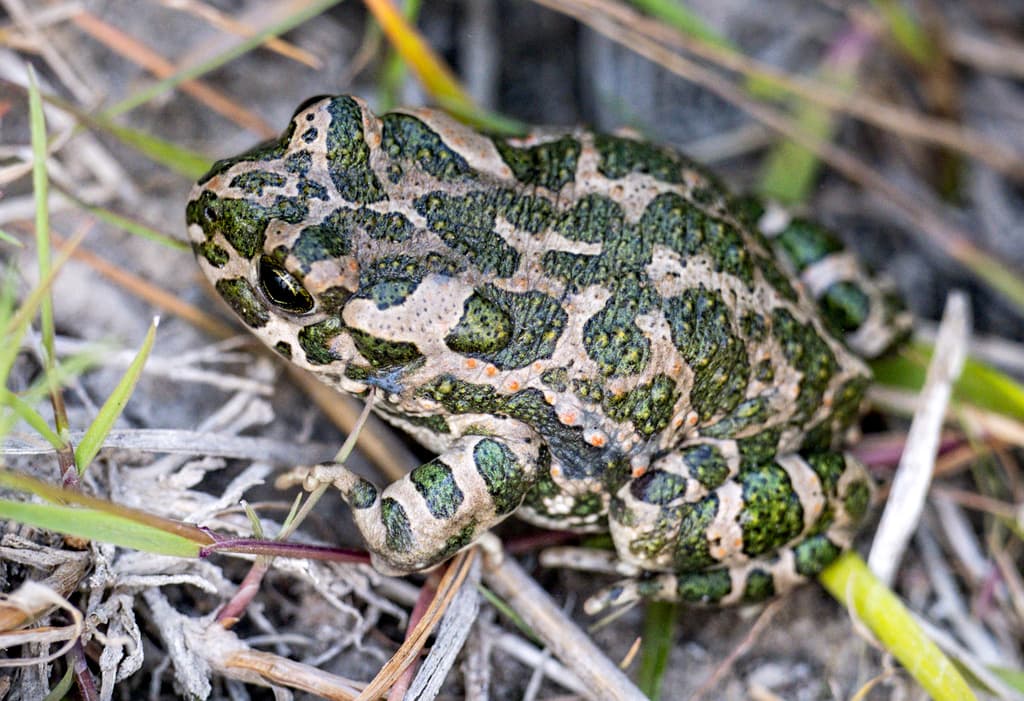Nearly half of all Swedish amphibians have populations that are too small to ensure their future. The same applies to many mammals, according to a new international study.
In the study, researchers from nine countries have attempted to measure the genetic diversity of their countries' animal species. A total of over 5,000 populations of 919 species have been examined.
The result, published in the scientific journal Ecology Letters, shows that a majority of species have viable populations, but also that 58 percent of them have one or more populations that are too small to maintain their genetic variation.
High inbreeding among wolves
In many cases, there has been sufficient knowledge of certain species to directly measure the variation and thereby determine whether they are inbred or not.
In such cases, the degree of inbreeding can be estimated. It is, for example, high among Swedish wolves, says Henrik Thurfjell, expert on vertebrates at the Species Data Bank at the Swedish University of Agricultural Sciences, SLU, and participant in the study.
For species where genetic knowledge is not as extensive, the population size has instead been used as a basis. A population should then consist of approximately 5,000 individuals to be considered to have good genetic variation.
Frogs and seals
In Sweden, populations of 120 species have been analyzed, including all 67 mammals, 13 amphibians, and 6 reptiles, as well as 34 fish species. The analysis shows that 70 percent of mammal populations have good genetic status. However, for amphibians, the corresponding figure is only 46 percent.
Many southern populations of frogs are inbred. The natterjack toad and the green toad are the most affected, says Thurfjell.
As for mammals, the problems of the wolf population are well-known. However, Thurfjell does not think that the wolf is the worst off.
It's probably the harbor seal. The population in the Baltic Sea is isolated and very small with few reproductive individuals, and it is genetically unique, he says.
"Mutilated many species"
The question many may ask is whether it is not often natural for certain populations, for example, of frogs, to become isolated from time to time.
Yes, that's true. But in many cases, it is we humans who have cut them off through road construction, logging, and other activities, and then they remain isolated. For some, the situation is serious. We have mutilated many species, says Thurfjell.
In Sweden, experts at the Species Data Bank have assessed the situation for 21,740 species of animals, plants, and fungi within the country's borders. This includes all vertebrates and most of the vascular plants, as well as all butterflies and most of the beetles, but only a smaller part of the wasps and crustaceans.
About 22 percent of the assessed species are listed on the Red List. Of these, about half, 2,249 species, are classified as threatened.
Source: Species Data Bank





